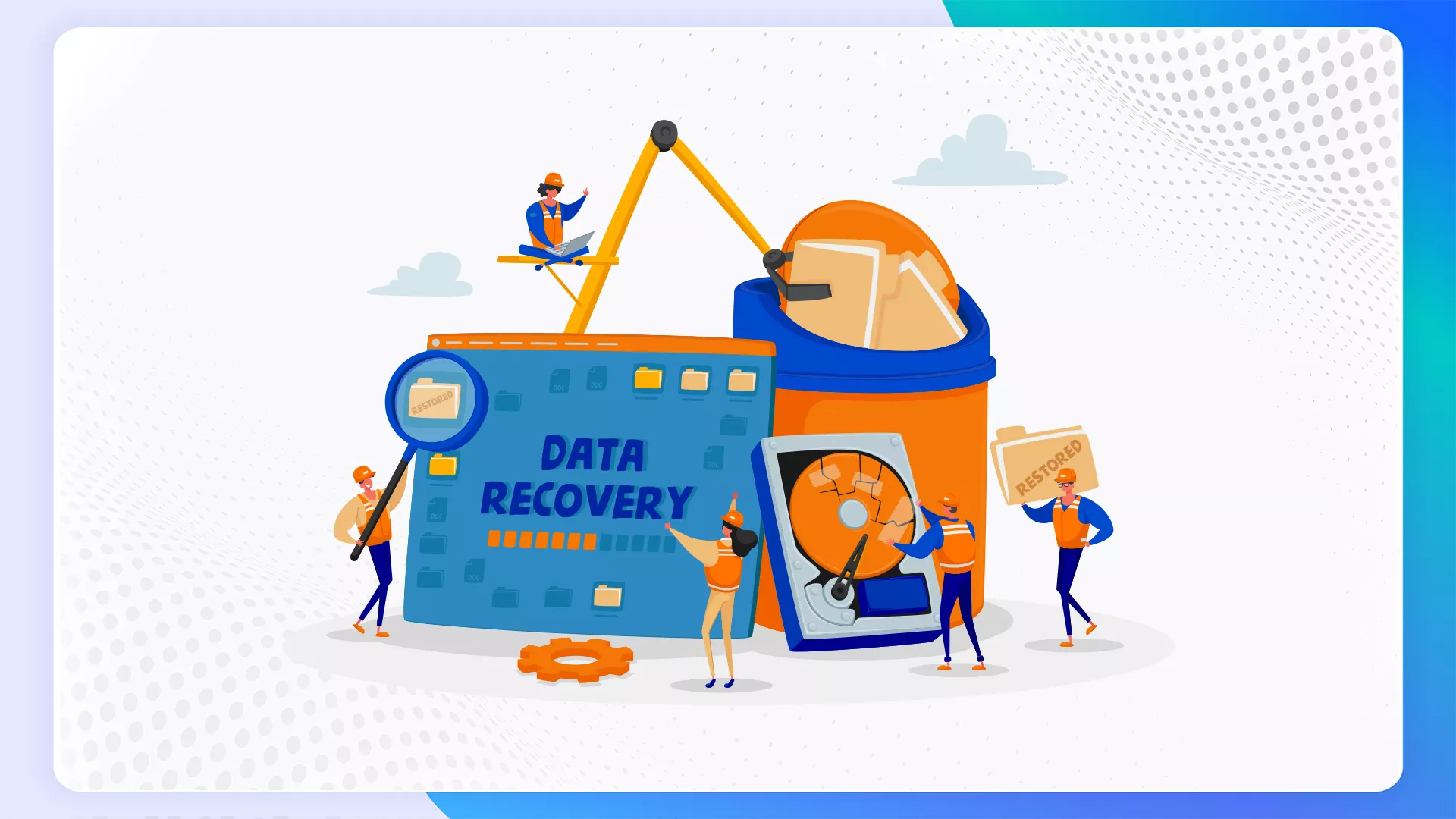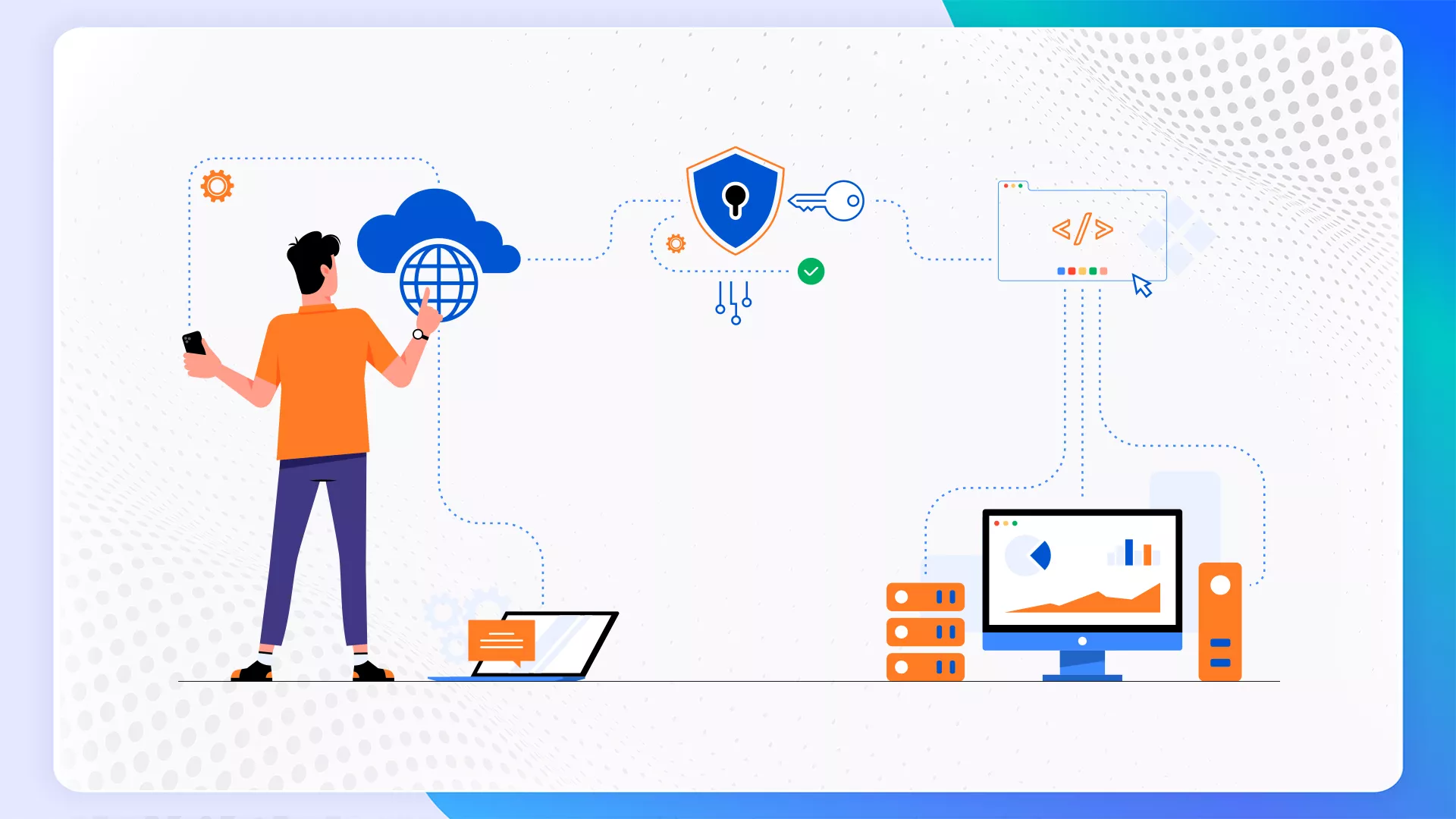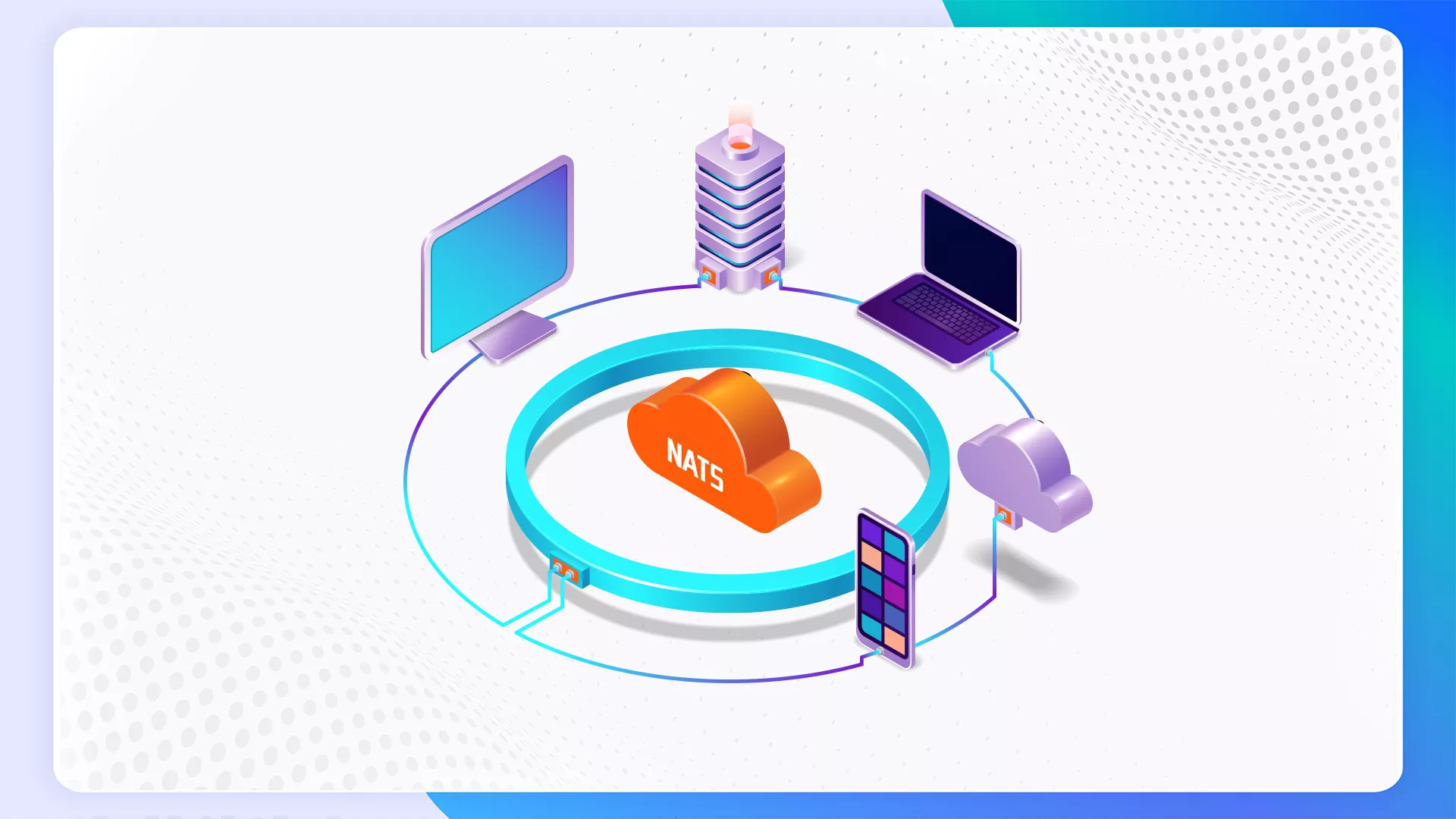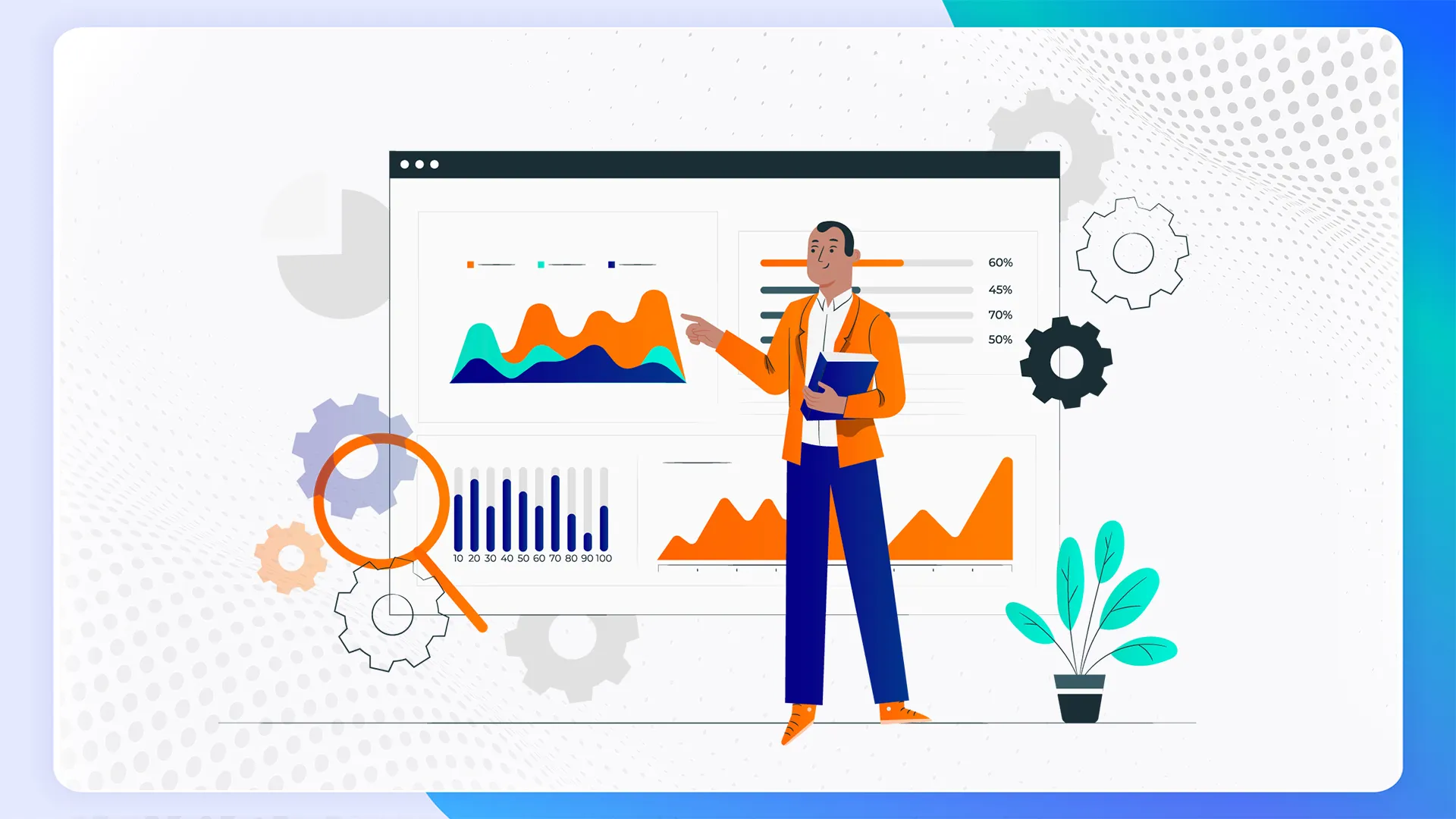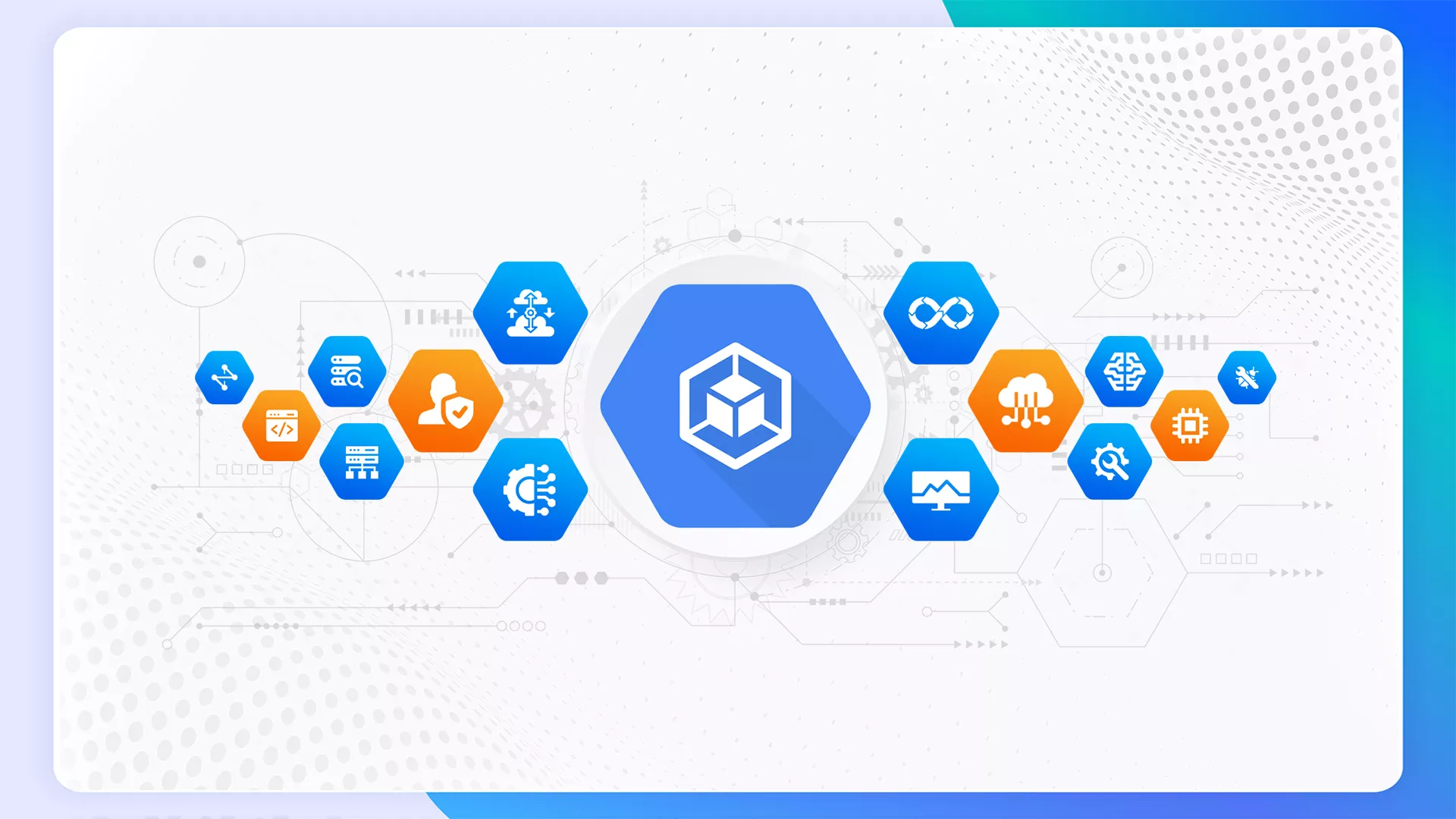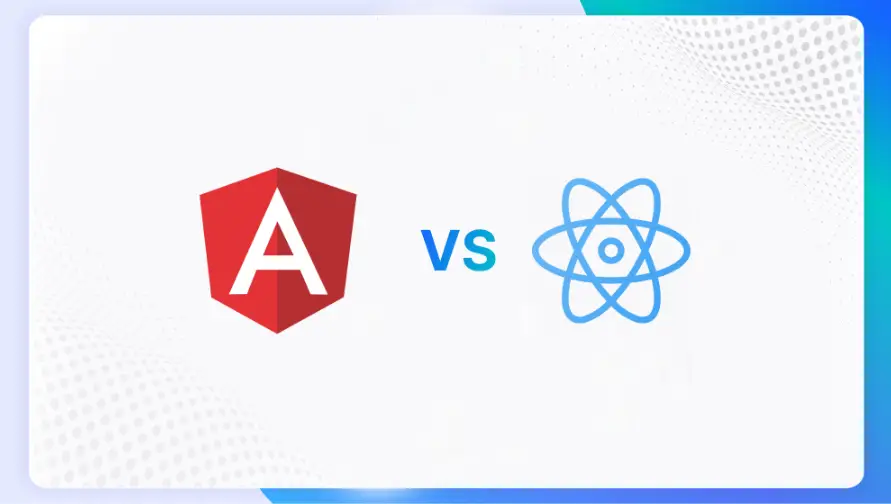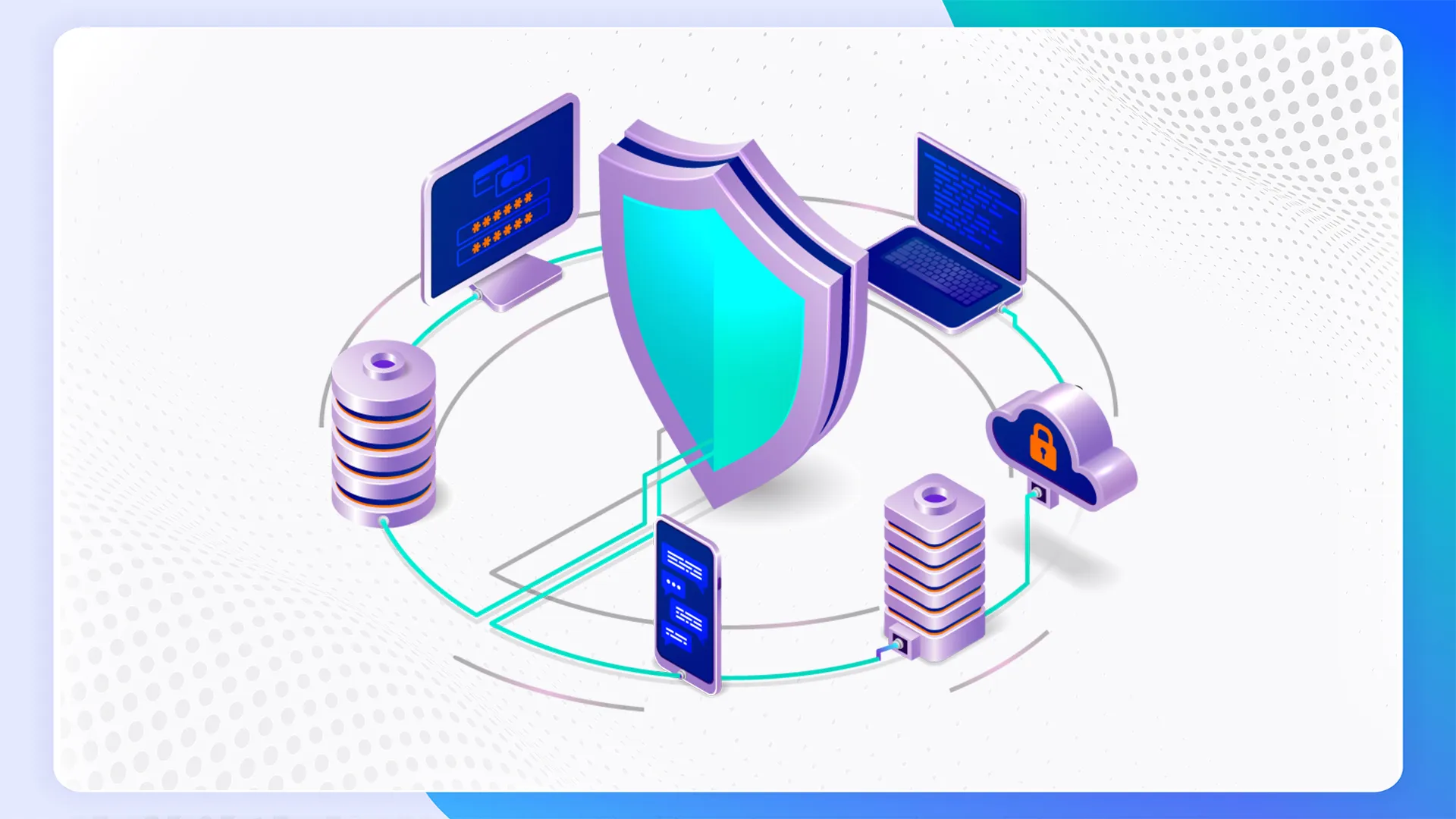The Cloud Migration Roadmap: Steps To Successful Migration
Take a closer look at the benefits of a becoming a cloud-native company and learn how to create a cloud migration roadmap.

Over the past twenty years, every industry leader, giant conglomerate, and local business has been disrupted and challenged by companies with software at their core. The degree of disruption has varied across industries but the general consensus is that it is omnipresent and the challenge will continue to grow. This means that existing companies, no matter their size, have been forced to make certain changes to their business model to either fight this challenge or switch tactics.
Most companies are choosing to switch tactics and embrace software engineering. For instance, a recent survey indicates that by the end of 2020, 83 percent of enterprise workloads will be in the cloud. In this article, we’ll explain how to plan a successful cloud migration – but first, let’s look at the benefits of a cloud-based company to understand why cloud migration is so attractive to legacy businesses:
1. Far more cost-effective
Compared to on-premises IT solutions, cloud computing is unbelievably cost-effective – especially for smaller businesses with limited computing requirements. Pricing schemes like pay-as-you-go and a large ecosystem of additional services which means that companies can significantly cut down on IT spend.
2. Speed of innovation
A cloud-based architecture is built with agility in mind with far fewer technological limitations. This facilitates innovation and faster problem-solving. DevOps, Kubernetes, AI, and ML are just some of the methods used to speed up innovation and develop competitive advantages.
3. Always-available services
Consumers want more accessibility and the cloud makes always-available services far more affordable by allowing companies to pay only when someone uses their service and not for idle resources.
These benefits are at the core of a modern company that utilizes cloud services and are the motivation behind cloud migration. And like with everything else, there is a right way to go about cloud migration and plenty of wrong ones. To help companies navigate through their cloud migration journey, we’ve created this roadmap that covers everything you need to know about cloud migration in 2020.
Assess your cloud readiness
The first step in your cloud migration journey will be assessment. Each company has different goals, requirements, and business models that need to be matched with the right cloud migration strategy and overall cloud architecture. One of the best ways to assess your requirements is through a cloud readiness assessment test. Despite the name, this assessment isn’t an actual test, rather it helps companies ask the right questions in order to gauge their requirements.
For instance, some important questions that need to be answered before moving forward with cloud migration include:
- What is our budget and timeline for the migration process?
- How much money do we expect to save through this migration, both short-time and long-term?
- What strategies have competitors adopted and were they successful?
- What workloads need to be migrated (in order of priority) and will application modernization be also required?
- Do we have the expertise required for a cloud migration internally or will we need outside expertise?
It’s common for companies to overlook the last question and depend solely on internal IT staff who, while proficient with on-premises IT and software, may not possess the required level of experience and expert advice that an outside migration team will bring. More importantly, hiring at least, a cloud migration officer is a must for most companies who will help with everything from assessing and planning to actually carrying out the migration and optimization.
Choose the right cloud migration strategy
The goal of any company should be to make the migration as uneventful as possible and that can be achieved with comprehensive planning. Therefore, after the assessment, the planning stage begins which includes preparing the right migration strategy. The cloud migration officer will prepare a unique cloud migration strategy according to your company’s unique goals and requirements. That said, almost all cloud migration strategies are derived from 6 broad migration strategies, known as the 6 R’s of Cloud Migration.
1. Rehosting
Popularly known as “lift and shift”, rehosting is the most cost-effective cloud migration strategy. It involves simply redeploying the codebase in a cloud-based environment. Rehosting is fast and gives companies the option to optimize down the line with much smaller upfront investment. The disadvantage of this is that the deployed apps may lose some functionality and have glitches/bugs.
2. Replatforming
Replatforming is very similar to rehosting and usually involves changing the cloud vendor or using a different cloud service with the same vendor (for instance, using the Kubernetes Engine instead of the App Engine). Replatforming has the same benefits as rehosting but requires more optimization.
3. Refactoring / Rip and Replace
Refactoring, also known as re-architecting or rip and replace, is a cloud migration strategy that involves changing the IT architecture. Most legacy businesses still have a monolithic architecture which is slow and not very scalable. During cloud migration, companies can choose a serverless architecture that unlocks a whole world of potential. Note that this requires more time and effort than the previous two strategies.
4. Repurchasing
In some cases, companies may find existing cloud-based software that can replace their on-premises solutions by purchasing a license to that software, service, or platform and using the third-party vendor’s platform instead. This cloud migration strategy is known as “drop and shop”.
5. Retiring
Retiring refers to abandoning parts of the codebase entirely (including standalone applications) that are obsolete and only migrating part of the code to the cloud as a foundation. This is cheaper when optimizing existing applications/code requires more effort than simply building from scratch.
6. Retaining
Retaining is a unique cloud migration strategy where parts of the infrastructure are kept on-premises while some parts are migrated to the cloud. Common reasons for retaining include cost, security, and size of the application.
Choosing a cloud migration strategy will act as a foundation for future migration efforts and therefore, is extremely important. Changing strategies in the middle of migration is often counter-intuitive and rarely feasible. That said, it is still only one aspect of the planning stage and there are hundreds of variables that require your attention. Some of the things that need to be addressed during this stage include:
- Choosing a type of cloud (public, private, hybrid, or community)
- Understanding data compliance requirements
- Licensing (if using third-party services)
- Latency and performance
- Backup and data loss prevention policies
- Cloud security
These are just a few examples of the things that require planning and is yet another reason why appointing a cloud migration officer (and a cloud migration team) is so important.
Choose a cloud service provider/vendor
Choosing the right cloud service provider is important for one main reason – vendor lock-in. Many cloud service providers will deny any vendor lock-in and while vendors like Google Cloud do offer zero-commitment mechanisms, the truth is, the ideal way is to choose the right cloud vendor from the beginning and sticking with it. Replatforming can be expensive, time-consuming, and disruptive to day-to-day business operations.
Currently, there are four global cloud vendors: Google Cloud Platform (GCP), Amazon Web Services (AWS), Microsoft Azure, and IBM Cloud. Each of these cloud vendors has their own set of unique selling propositions (USPs) – which is the best for you is something you’ll have to evaluate yourself.
Here are some factors upon which companies can and should judge potential cloud vendors:
1. Performance
In terms of performance, one of the most important things is low latency. Most cloud vendors will have more than enough computing power and storage options but the location of their data centers will have a much more visible effect on performance due to latency. If the latency is high then customers will experience slow loading times and lag – both of which must be avoided.
2. Cost
IT cloud spend will be determined by a myriad of variables that are usually different from different cloud vendors. Depending on your specific use case, one vendor will most likely be more cost-effective than the others.
3. Additional Services
Global cloud vendors have developed a diverse ecosystem consisting of additional services that improve the software development process by bringing all of the required tools under one roof. Google Cloud Platform, for instance, has over 100 products spanning areas like machine learning, security, automation, monitoring, big data, and more.
4. Support
Finally, customer support is of prime importance. It may not be feasible for a company to have an internal team of cloud experts which makes on-time and comprehensive support from the cloud vendor crucial. Look for reviews from trusted sources to ascertain the quality of customer support you can expect.
Migrating to the cloud
After (1) determining the end goal, (2) picking the right strategy, and (3) choosing the workflows that will transfer, we’ve finally reached the step where all the plans are put into action. Companies should prepare employees and departments for disruption and also ask everyone to collaborate as it is a group effort (especially later during the optimization stage).
During this stage, your cloud migration team will be decomposing the code into data, services, and workflows and grouping them into batches for easier mass migration and deployment on the cloud. Your team will also be working on new data protection protocols, data compliance policies, and other security measures during this time.
There are various risks associated with cloud migration like data loss, downtime, bugs, system crashes, etc. but the team should’ve planned for each of these scenarios and prepared contingencies. As we said earlier, the goal during migration is to keep it routine and uneventful. By working with an experienced cloud migration officer, you’re more likely to do everything in an orderly fashion and follow best practices.
Optimization
Once the bulk of the data, services, and workflows are up and running on the cloud, the final stage of your cloud migration journey begins – optimization. It’s likely that your codebase will require small tweaks at the very least to improve performance and reduce bugs. Even if there are no apparent problems in sight, your cloud migration team will have to do thorough testing to ensure everything is working as it should and more importantly, your company and your customers are benefiting from this migration.
To maximize productivity and reliability, optimization also includes integrating new technologies and innovations like microservices, automated testing, delivery, and feedback pipelines, configuring custom plans, and more.
By the time your team is done, your company would have successfully strangled the monolith and transformed into a modern data-driven company that is agile, resilient, and highly scalable.
Hiring an outside team for cloud migration
It’s natural to want to minimize expenses and one of the ways some companies do this is by not assembling a separate cloud migration team. However, this can easily become more expensive if your internal IT team doesn’t have previous experience with cloud computing. Additionally, having a separate cloud migration team is ideal so one team doesn’t have to look after both the cloud migration and the existing on-premises solutions.
At the very least, companies must have a certified cloud migration officer who leads the migration effort and guide the company by providing expert advice. Cloud migration is a complex task that can take anywhere between 5 days and a few months. During this time, there are literally hundreds of individual factors that need to be analyzed to mitigate risks and ensure a smooth transition to the cloud.
D3V Tech is home to a team of cloud migration officers, certified cloud engineers, and developers who have helped countless businesses digitally transform themselves. Get in touch with one of our cloud migration officers today to develop your own cloud migration roadmap and ensure a smooth and successful journey to the cloud.




